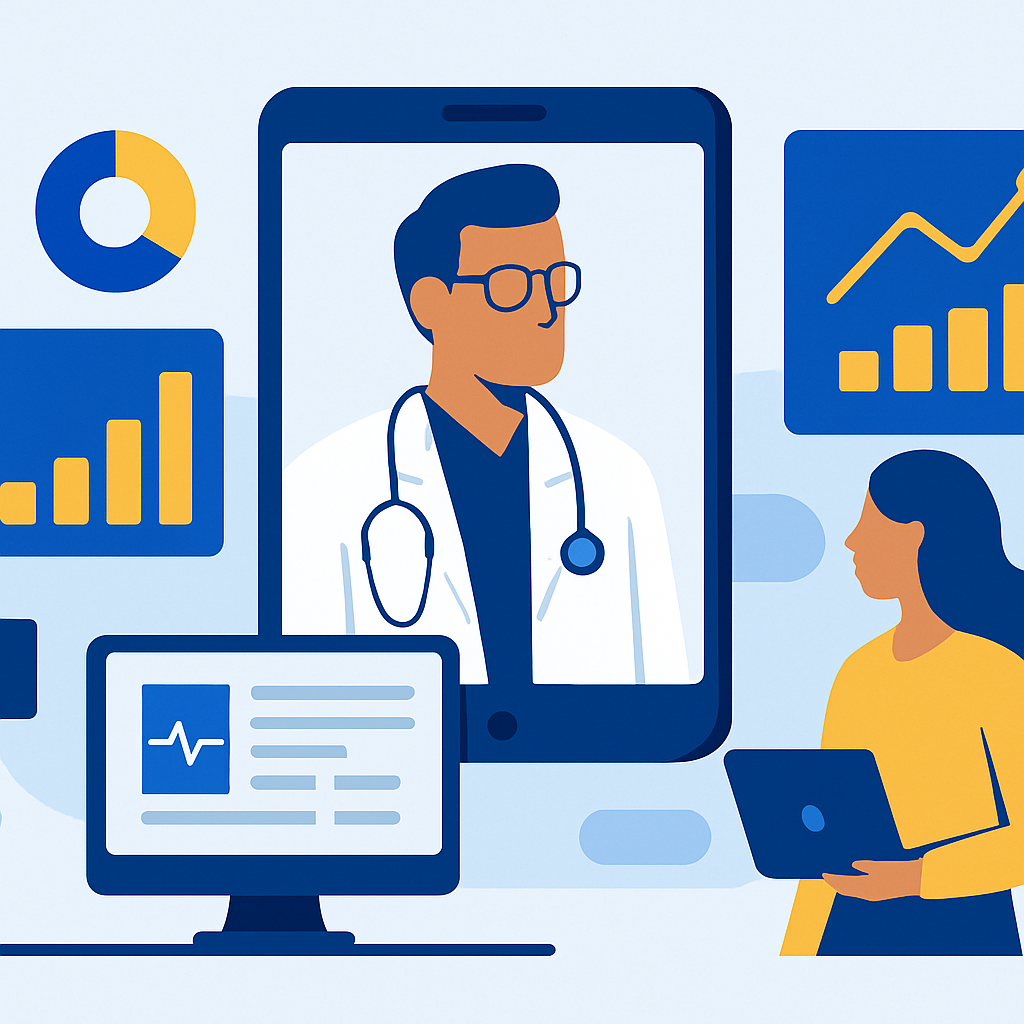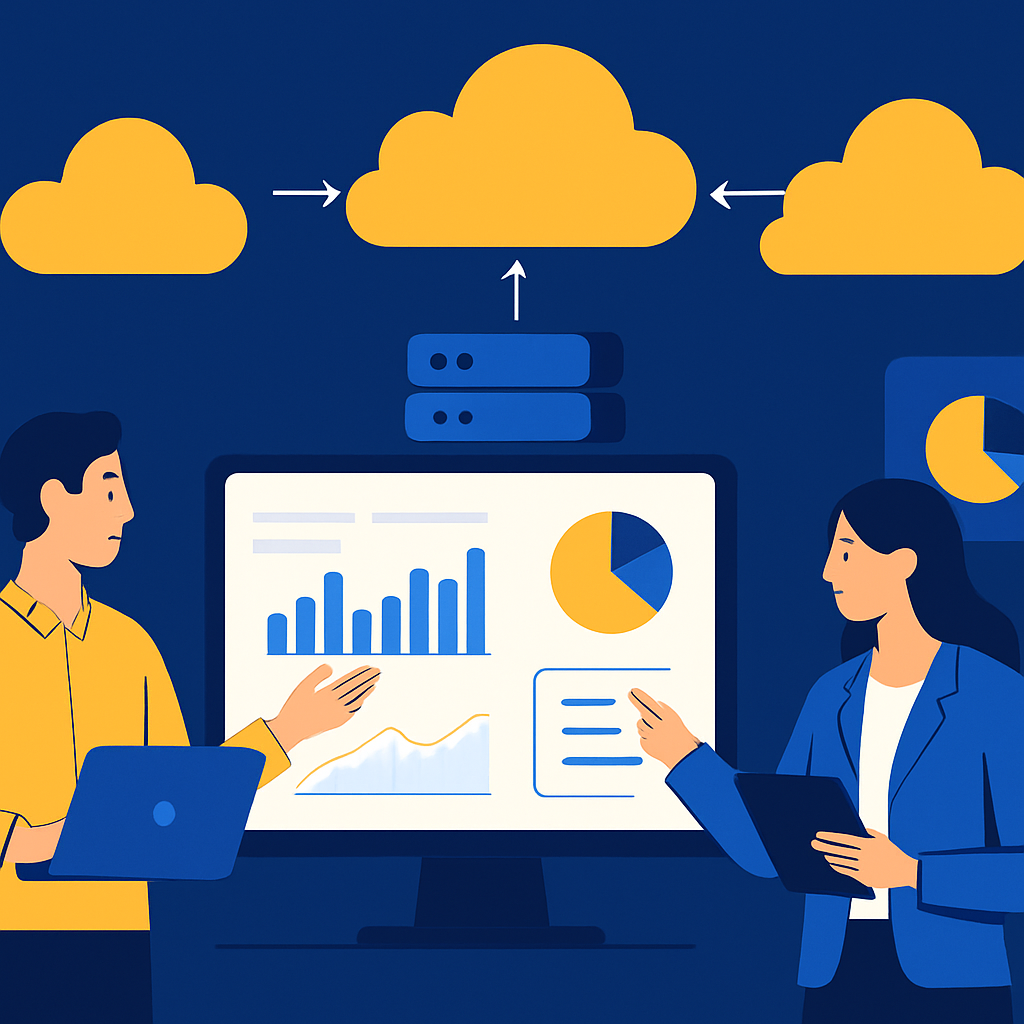The Broken Onboarding Experience
New employee onboarding should be exciting—a new hire's first impression of organizational competence and culture. Instead, it is typically frustrating for everyone involved. New hires wait days or weeks for basic system access while sitting idle. HR staff scramble coordinating IT provisioning, paperwork processing, training scheduling, access requests, and equipment delivery across disconnected systems and processes.
Manual coordination creates delays, errors, and poor experiences. IT receives access requests via email and processes them when time permits. Facilities does not know when new hires arrive. Training schedules conflict with start dates. Equipment ships to wrong locations. Critical paperwork gets lost requiring resubmission.
Organizations spend 2-3 weeks getting new employees fully productive—time when employees are paid full salary but contribute minimally because they lack tools and knowledge to work effectively.
The Cost of Slow Onboarding
Inefficient onboarding costs organizations far more than obvious HR time waste:
Lost Productivity: New hires sitting idle waiting for system access represent pure waste—salary paid for zero output.
Opportunity Cost: Positions requiring specialized skills remain effectively unfilled weeks after hiring decisions complete.
Poor First Impressions: Onboarding chaos signals organizational dysfunction. New hires question their decision to join.
Early Attrition: Employees form lasting impressions during first weeks. Poor onboarding correlates with higher turnover within first year.
Manager Frustration: Hiring managers need new staff productive immediately but cannot rely on timely onboarding.
Compliance Risk: Manual paperwork processing creates gaps in required documentation, background checks, and compliance training.
How AI and Automation Transform Onboarding
Microsoft technology stack provides comprehensive capabilities for onboarding automation:
Intelligent Workflow Orchestration with Power Automate
Power Automate orchestrates entire onboarding process triggered by hiring decision:
IT Provisioning: Automated creation of Active Directory accounts, Microsoft 365 licenses, application access, email accounts, and network permissions. What previously took IT days now happens instantly.
Equipment Ordering: Automatic ordering and shipping of laptops, monitors, phones, and accessories to correct location with delivery timed to start date.
Facilities Coordination: Workspace assignment, badge creation, parking pass issuance, and building access configuration.
Training Scheduling: Automatic enrollment in required training sessions, compliance courses, and orientation programs.
Document Collection: Electronic forms sent to new hires for completion before start date, with reminders for outstanding items.
All processes execute in parallel rather than sequentially, dramatically compressing timelines.
AI-Powered Document Processing
AI Form Recognizer and Azure AI services automate document handling:
Intelligent Data Extraction: AI extracts data from tax forms, direct deposit authorizations, emergency contacts, and other onboarding documents—eliminating manual data entry.
Validation and Error Detection: AI validates document completeness and accuracy, flagging errors for correction before processing.
Automatic Routing: Documents automatically route to appropriate systems—payroll data to HR system, benefits elections to benefits administrator, I-9 verification to compliance system.
Compliance Verification: AI confirms required documentation is complete and properly executed, preventing compliance gaps.
Virtual Assistant for New Hire Questions
AI chatbot powered by Azure OpenAI answers common new hire questions instantly:
24/7 Availability: New hires get answers to benefits questions, policy clarifications, and procedural guidance anytime without waiting for HR response.
Personalized Responses: Virtual assistant provides answers specific to individual circumstances—location, department, role—rather than generic information.
Escalation to Humans: Complex questions route to appropriate HR specialist with full context, enabling faster resolution.
Continuous Learning: Virtual assistant improves from interactions, expanding knowledge base and improving answer quality.
Personalized Onboarding Portals
Custom SharePoint onboarding sites provide new hires single destination for all onboarding needs:
Task Checklists: Personalized onboarding checklists showing required activities, completion status, and upcoming deadlines.
Role-Specific Content: Training materials, policies, and resources tailored to department, location, and position.
Team Introductions: Information about manager, team members, key stakeholders, and organizational structure.
Progress Visibility: New hires see onboarding progress—what is complete, what is pending, what requires their action.
Manager Enablement
Automated manager notifications and guidance ensure managers fulfill their onboarding responsibilities:
Pre-Arrival Preparation: Automated reminders to managers about onboarding tasks—workstation setup, introduction planning, first-week schedule development.
Onboarding Playbooks: Role-specific onboarding templates guiding managers through critical first-week activities and conversations.
Progress Monitoring: Dashboards showing onboarding completion status enabling proactive intervention when issues arise.
Real-World Results
Technology Company: 500+ Annual Hires
A rapidly growing technology company hired 500+ employees annually. Onboarding consumed enormous HR capacity while delivering poor experience. New engineers waited 2 weeks for development environment access.
AI and automation implementation:
Automated IT Provisioning: Development environment, code repositories, collaboration tools, and application access configured within hours of hiring decision.
Virtual Onboarding Assistant: Chatbot answering common questions about benefits, policies, and procedures.
Document Automation: Electronic forms with AI data extraction eliminating manual processing.
Results: Onboarding time reduced from 14 days to 4 days. Time-to-productivity for engineers decreased 60%. HR onboarding capacity increased 3x without headcount growth. New hire satisfaction scores improved 45%.
Healthcare Organization: Complex Compliance Requirements
A healthcare system faced stringent onboarding compliance—background checks, credential verification, compliance training, HIPAA attestation. Manual coordination created delays and documentation gaps risking regulatory findings.
Automation ensured compliance while accelerating onboarding:
Compliance Workflow: Automated tracking of required documentation, training completion, and verification steps.
Credential Verification: Integration with credential verification services providing automatic validation.
Audit Trails: Complete documentation of compliance steps for regulatory review.
Results: Onboarding compliance deficiencies eliminated. Time from hiring to clinical work reduced 40%. Audit preparation time decreased 75%.
Manufacturing: Hourly Workforce Onboarding
A manufacturer hired hundreds of hourly production workers annually. Language barriers, limited computer access, and facility constraints complicated onboarding.
Mobile-first onboarding solution:
Mobile Onboarding Portal: Simple mobile interface for document completion, training scheduling, and information access.
Multi-Language Support: AI translation providing onboarding content in worker preferred languages.
Electronic Signatures: Mobile-friendly e-signature capture for required documents.
Results: Onboarding time cut in half. Documentation completion rates improved from 85% to 99%. New worker satisfaction increased significantly.
Implementation Approach
Phase 1: Process Analysis (2-3 Weeks)
Document current onboarding processes, handoffs, and pain points. Identify automation opportunities and quick wins. Define desired future state and success metrics. Engage stakeholders across HR, IT, and facilities.
Phase 2: Foundation Building (4-6 Weeks)
Build onboarding portal in SharePoint. Create Power Automate workflows for IT provisioning and core processes. Implement document collection and processing. Develop manager enablement resources.
Phase 3: AI Integration (3-4 Weeks)
Deploy virtual assistant for new hire support. Implement AI document processing and data extraction. Build analytics dashboards for monitoring and insights. Integrate all components into seamless experience.
Phase 4: Rollout and Optimization (Ongoing)
Phased rollout by department or location. Continuous feedback collection from new hires and stakeholders. Iterative refinement based on usage and outcomes. Expansion to additional onboarding scenarios.
Technology Components
Power Automate: Workflow orchestration and system integration.
SharePoint Online: Onboarding portal and document management.
Azure OpenAI: Virtual assistant and intelligent document processing.
Power Apps: Mobile onboarding applications.
Power BI: Onboarding analytics and dashboards.
Microsoft Forms: Electronic onboarding forms and surveys.
Critical Success Factors
Cross-Functional Collaboration: HR, IT, and facilities must coordinate closely on process design and execution.
Change Management: Managers and new hires need training on new onboarding processes and tools.
User Experience Focus: Onboarding automation must simplify rather than complicate user experience.
Compliance Rigor: Automation must maintain or improve compliance rather than creating gaps.
Continuous Improvement: Regular review of onboarding metrics and feedback drives ongoing refinement.
Measuring Success
Time to Productivity: Days from start date to full productivity—target 50-70% reduction.
Onboarding Cycle Time: Time required to complete all onboarding activities.
New Hire Satisfaction: Onboarding experience scores from new hire surveys.
HR Efficiency: HR hours required per onboarding—target 60-70% reduction.
Compliance Completeness: Percentage of new hires with complete required documentation.
Early Attrition: Turnover within first 90 days—indicator of onboarding quality.
The Competitive Advantage
Organizations with exceptional onboarding gain multiple advantages:
Talent Attraction: Smooth onboarding reinforces hiring decision and differentiates employer brand.
Faster Time-to-Value: Productive employees weeks earlier multiply across hundreds of hires annually.
Retention Improvement: Positive first impressions reduce early attrition and associated replacement costs.
Scalability: Automated onboarding scales with hiring growth without proportional HR headcount increases.
Manager Enablement: Managers focus on relationship building and role context rather than administrative coordination.
Ready to transform onboarding? Contact QueryNow for an onboarding automation assessment evaluating your opportunities for efficiency gains and experience improvement.


